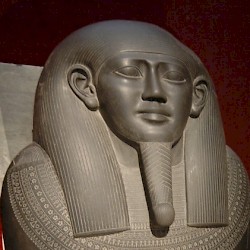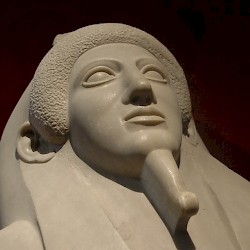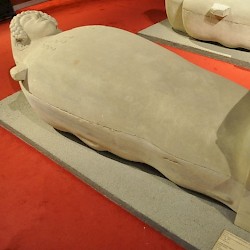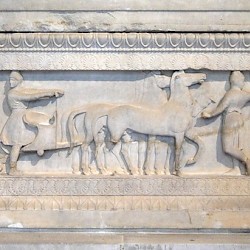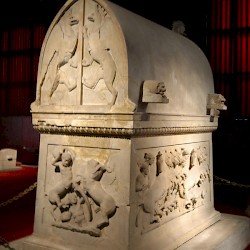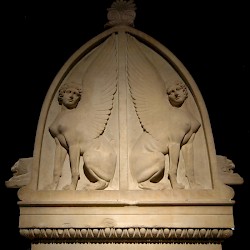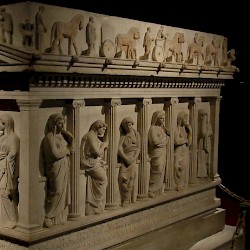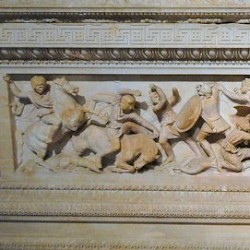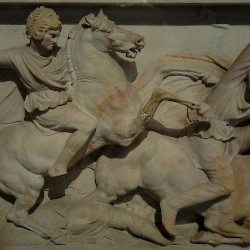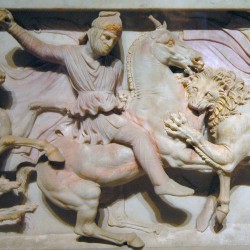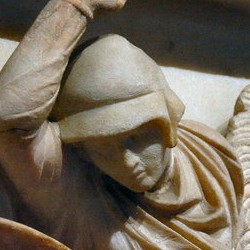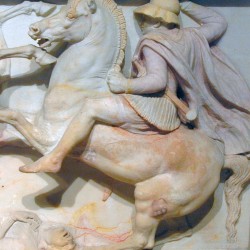Sidon (2)
Q163490Sidon (Hebrew: צִידוֹן, Ṣîdôn; Greek: Σιδών): port in Phoenicia, modern Ṣaydā.
Babylonian Age
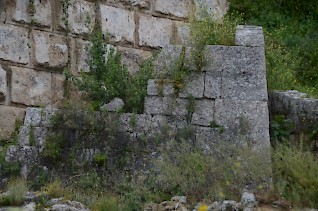
After the fall of the Assyrian capital Nineveh in 612 BCE, the Babylonians were the new superpower in the Near East, but they still had rivals. The king of Egypt, Apries, intervened against Babylonia in Phoenicianote and Judah. He occupied Sidon for a brief time (608-605) and it took the Babylonian king Nebuchadnezzar (r.605-562) quite some time to obtain full control of the former western provinces of the former Assyrian Empire. Sidon withstood a siege but eventually became part of the Babylonian Empire - it may have been commemorated in one of the inscriptions at the Nahr al-Kalb - and was the main center of Babylonian rule in Phoenicia.
In these years, the temple of the healing god Eshmun at Bustan esh-Sheikh, just north of the city, was expanded. The oldest parts date back to the years of independence after the fall of Assyria, but in the Babylonian period, the sanctuary became more monumental.
Persian Age
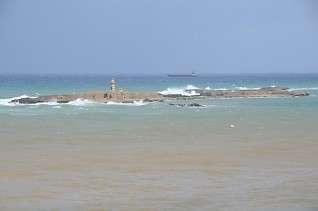
The Babylonian Empire was taken over by the Achaemenid Persians in 539 BCE, when Cyrus the Great captured Babylon. The Persians quickly took over the western provinces of the Babylonian Empire: the Phoenician towns surrendered voluntarilynote and Sidon remained the administrative center.note The Sidonian monarchy, abandoned by the Assyrians (above), was restored. We read about kings with names like Eshmunazzar I, Tabnit, Eshmumazzar II, Bodastart, and a prince named Jatanmilk. One of these must have been the king who sent cedar wood to the inhabitants of Jerusalem when they, on return from their Babylonian exile, rebuilt the Jewish temple.note In the south, the Sidonians controled Dor and Joppe.
More importantly, it became one of the two ports of the Persian navy, which Cyrus' son and successor Cambyses created to attack Egypt (525). The other port was Byblos. It is possible that the triere was in Sidon;note in the fourth century, this type of ship was shown on Sidonian coins.
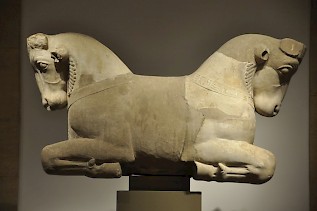
The Phoenician navy took part in the suppression of the Ionian Revolt (in 494 BCE) and the Greek expedition of king successor Xerxes (in 480) and the Sidonian crews are singled out several times for their valor.note The king of Sidon, called Tetramnestus, was an important man in the Achaemenid Empire.note
The further expansion of the Tempel of Eshmun in this age is quite impresive and proves that the Persian authorities were willing to foot the bill. The splendid royal tombs are another testimony to Sidon's prosperity: the sarcophagi were made by very good sculptors. In chronological sequence, these are the tombs of king Tabnit (c.500 BCE), who lies buried in a reused sarcophagus of an Egyptian general, a Greek-style sarcophagus with an Egyptian-style portrait (c.470 BCE), a Greek-style sarcophagus (c.450 BCE), the "sarcophagus of the satrap", made of Parian marble (c.420 BCE), the Lycian sarcophagus, resembling a Lycian tomb (c.400 BCE), the sarcophagus of the mourning women (c.350 BCE), and the Alexander Sarcophagus (c.325 BCE).
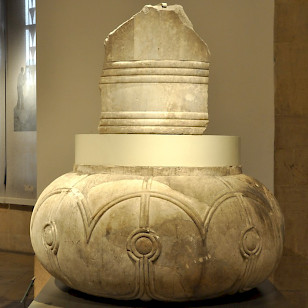
After Xerxes' expedition to Greece, Phoenician naval forces fighting for Persia are also mentioned during the reigns of the kings Artaxerxes I Makrocheirnote and Darius II Nothus.note The Persian king Artaxerxes III Ochus could threaten to intervene in the Social War between Athens and it allies (357-355).
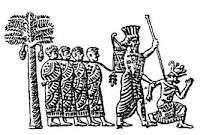
However, things had started to change. By the end of the fifth century, the Persians had lost control of Egypt, where new independent kings started to rule. Even worse, they embarked on an assertive foreign policy, targeting the Phoenician cities. In the mid-fourth century, Sidon, which by now also had increasingly friendly contacts with the Greek world, revolted and received support from pharaoh Nectanebo II, who sent the Greek mercenary leader Mentor of Rhodes with 4,000 soldiers to support king Tennes of Sidon (Phoenician Tabnit). During the fights, the Persian royal park (paradeisos) in Sidon was destroyed.
Tennes and Mentor defeated the satraps Belysis of Syria and Mazaeus of Cilicia, but knew that they did not stand a chance against the army of Artaxerxes III himself. When it appeared in 346 BCE - earlier dates are less likely - Tennes and Mentor betrayed the Sidonians. Nonetheless, Tennes was killed by the Persians and the desperate Sidonians set fire to their own city.note
Artaxerxes would proceed to reconquer Egypt. It seemed as if Persian power had been fully restored, but this would soon turn out to be a mirage.
